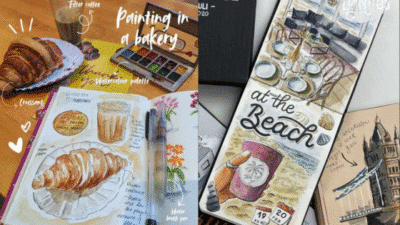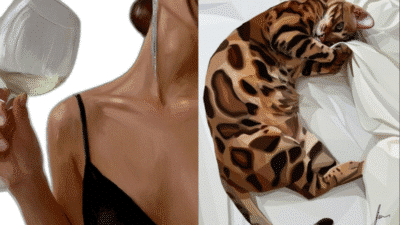If you’ve ever wanted to unlock more creativity or make art a regular part of your routine, a 7-day art challenge offers a simple way to get started. Art challenges are popular tools that encourage you to draw, paint, or create something new each day for a short period.
Taking part in a week-long art challenge can help you boost your creativity and build positive art habits, no matter your skill level. Whether you’re new to art or just looking for a fresh spark, dedicating a few minutes each day can make a real difference.
1) Set a daily art time to build consistency
Choosing a specific time each day for your art practice helps turn creativity into a habit. When you dedicate a regular slot, it becomes a natural part of your daily routine, not just an occasional activity.
Morning, afternoon, or evening—pick what works best with your schedule. Consistency is more important than the length of each session. Even ten or fifteen minutes a day can lead to meaningful progress over a week.
Try to keep your art supplies in a place that’s easy to reach. This makes it easier to sit down and start right away, without wasting time setting up.
Having a set time also helps reduce procrastination. You’ll spend less energy deciding when to create and more time actually making art.
If you miss a day, don’t be hard on yourself. What matters most is getting back into your routine the next day.
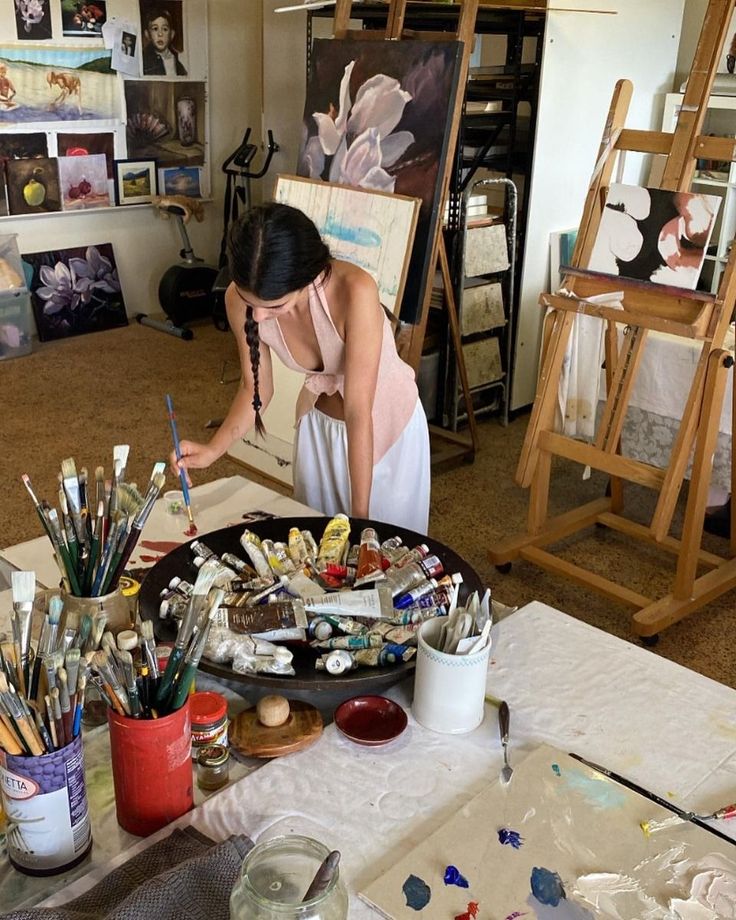
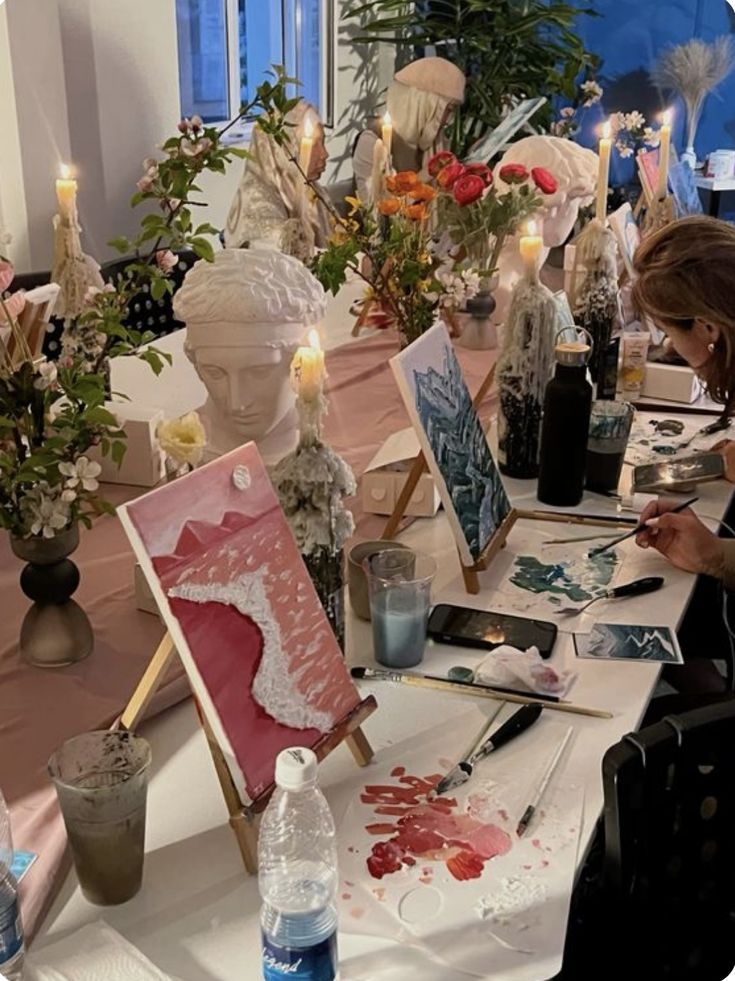
2) Use diverse prompts to spark creativity
Mixing up your prompts each day helps keep the challenge fresh and interesting. You might try drawing a memory one day and tackling an abstract concept the next. Switching topics keeps you on your toes and encourages your mind to think in new ways.
Trying different prompt styles can also help you find what truly inspires you. Use photo references, single-word themes, or even short stories to get started. Sometimes a simple phrase or event is enough to suggest a whole picture.
Don’t be afraid to use prompts that push you slightly outside your comfort zone. Exploring new ideas can help you discover unique techniques or styles. The goal is to give yourself a reason to create, not to aim for perfection each time.
Invite friends or family to join and share prompts. Working together on similar ideas can help support your creativity and make the process more enjoyable. Every day, let your prompt guide you, but allow room for surprise and experimentation.
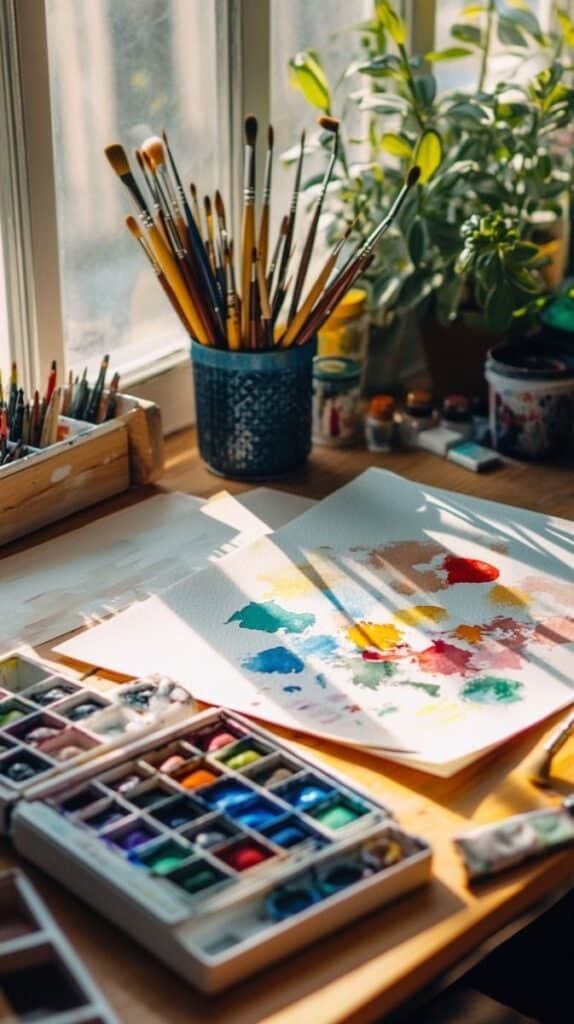
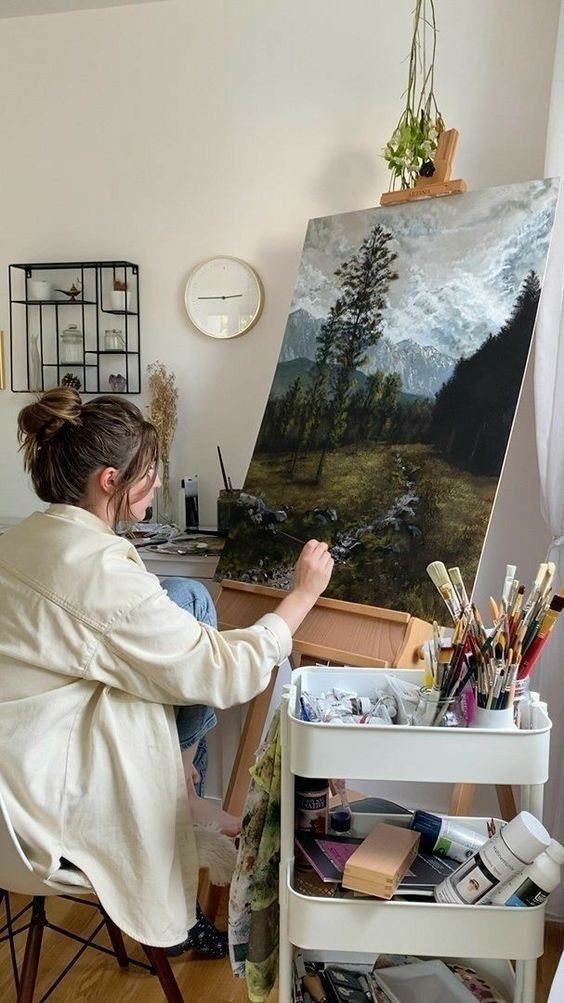
3) Try quick 6-minute daily sketches
Setting aside just six minutes each day for a sketch can make drawing feel less overwhelming. You don’t need a perfect idea or fancy materials—just grab a pencil and paper and start.
Six minutes is long enough to loosen up your hand and mind, but short enough to fit into a busy schedule. You might doodle whatever is in front of you, sketch from memory, or let your imagination guide you.
Don’t worry about the outcome or making something ‘good.’ The focus is on building a habit and giving yourself a daily creative break. Over time, these short sketches can help you explore new styles and techniques without any pressure.
Try using a different prompt each day to keep things interesting, like drawing an object on your desk or a quick self-portrait. If you ever run out of ideas, daily drawing prompts online can give you inspiration and keep the activity fresh.
Remember, the value lies in showing up and allowing yourself to draw—no matter what appears on the page.
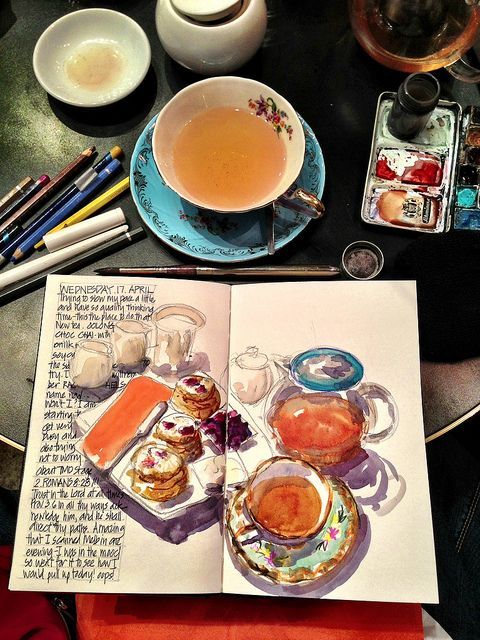
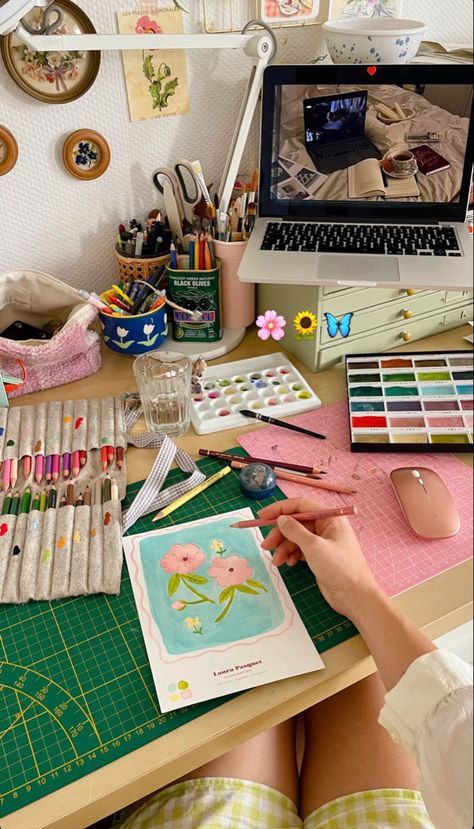
4) Embrace imperfection to boost confidence
It’s easy to feel pressure to make your art perfect, but creativity flourishes when you let go of rigid expectations. When you embrace mistakes and imperfections, you give yourself permission to experiment and explore new ideas.
No one creates a masterpiece every time. Allowing yourself to make errors helps you learn, adapt, and grow as an artist. Each “flaw” is a step toward finding your own style.
Focus on enjoying the process rather than critiquing every detail. Many artists discover unexpected results when they stop worrying about perfection. This attitude not only makes art more fun but also builds your self-confidence.
Remember, art is personal and there’s no single “right” way to express yourself. By accepting imperfection, you make space for growth and self-discovery. Let yourself try new things without the fear of judgment.
As you continue, notice how embracing imperfection can make you more comfortable and confident with your creations. Your unique approach is what truly makes your art special.
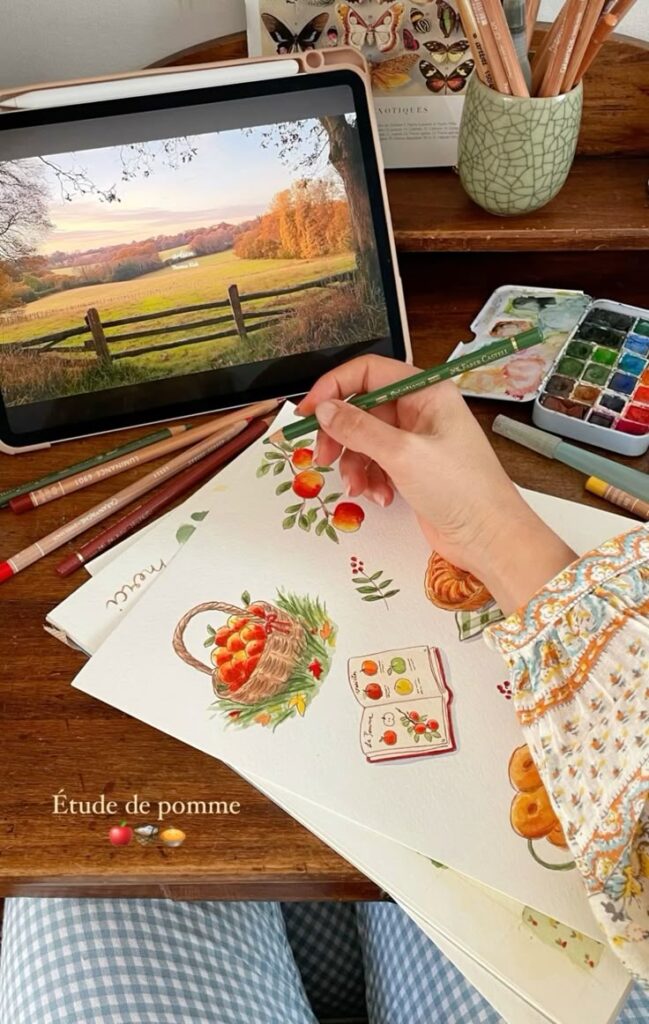
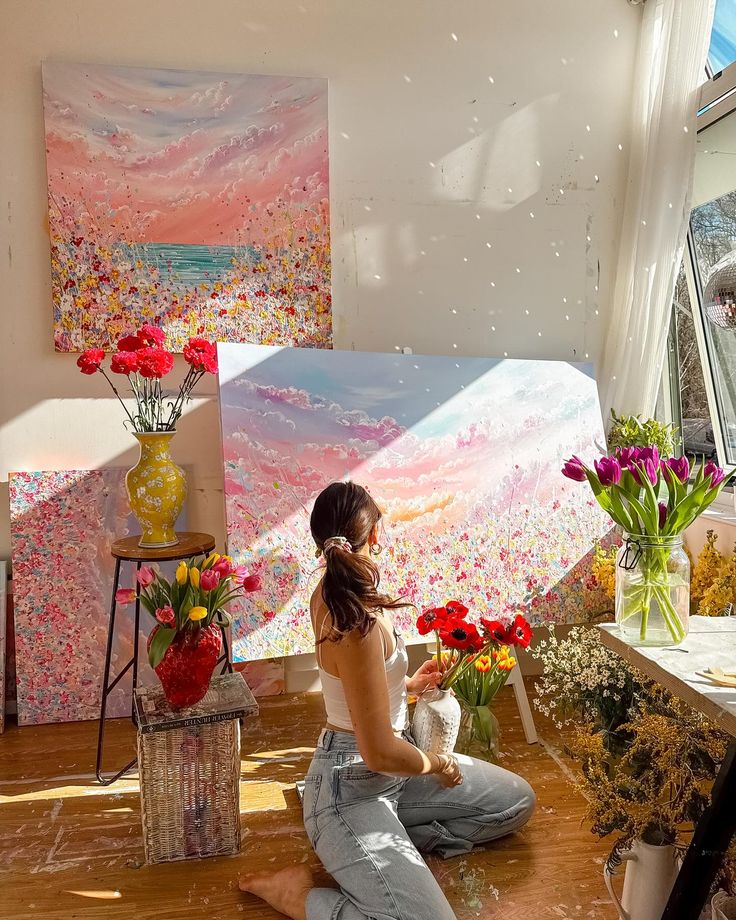
5) Experiment with scribble art techniques
Scribble art is a simple yet effective way to loosen up and tap into your creativity. You don’t need any special skills or tools—just grab a pencil or pen and start making random marks on the page.
Let your hand move freely as you create loops, twists, or zigzags. Try not to think too much about how it looks at first; the goal is to let your ideas flow without pressure.
Once you’ve filled a part of the page, look for interesting shapes or patterns in your scribbles. You can turn these into faces, animals, or abstract designs by adding details and color.
This approach helps you see possibilities where you might not expect them. Scribble art can also break up creative blocks and make your drawing sessions feel more playful.
If you want to explore further, try combining different materials or adding controlled lines on top of your scribbles. The key is to embrace imperfections and enjoy the process as much as the results.
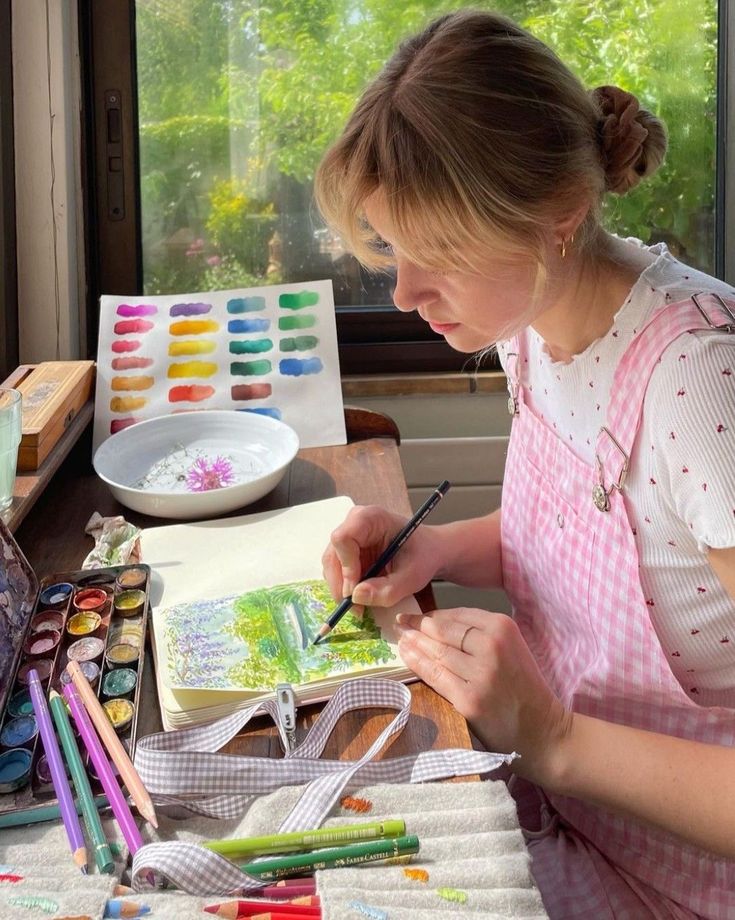
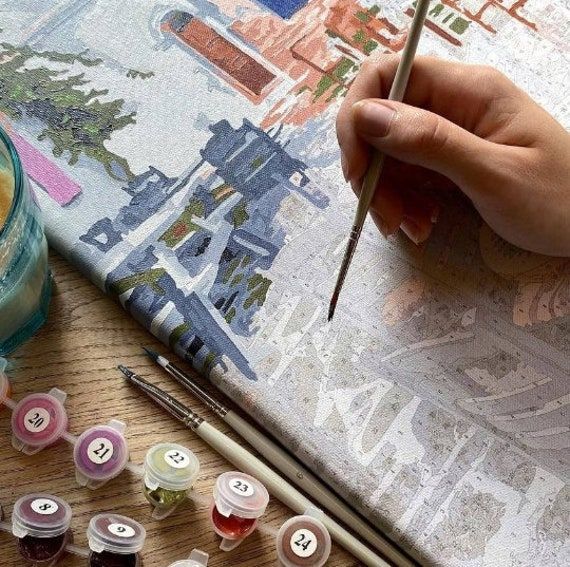
6) Keep a challenge streak for motivation
Tracking your participation each day can help you stay motivated during a 7-day art challenge. A streak means completing your daily creative tasks without missing a day. Watching your streak grow provides a sense of accomplishment.
If you skip a day, it’s easy to lose momentum. Maintaining a streak gives you a small but meaningful reason to keep going each day. Even on days when you feel less inspired, you might push through just to keep your streak alive.
Some apps and websites have streak features built in, but you can also use a calendar or notebook to mark your progress. Put a checkmark or sticker on each day you complete your task. This simple routine turns your challenge into a rewarding habit.
Sharing your streak with friends or an art community can also boost your motivation. When others see your progress, it might encourage them—and you—to keep building your streak together.
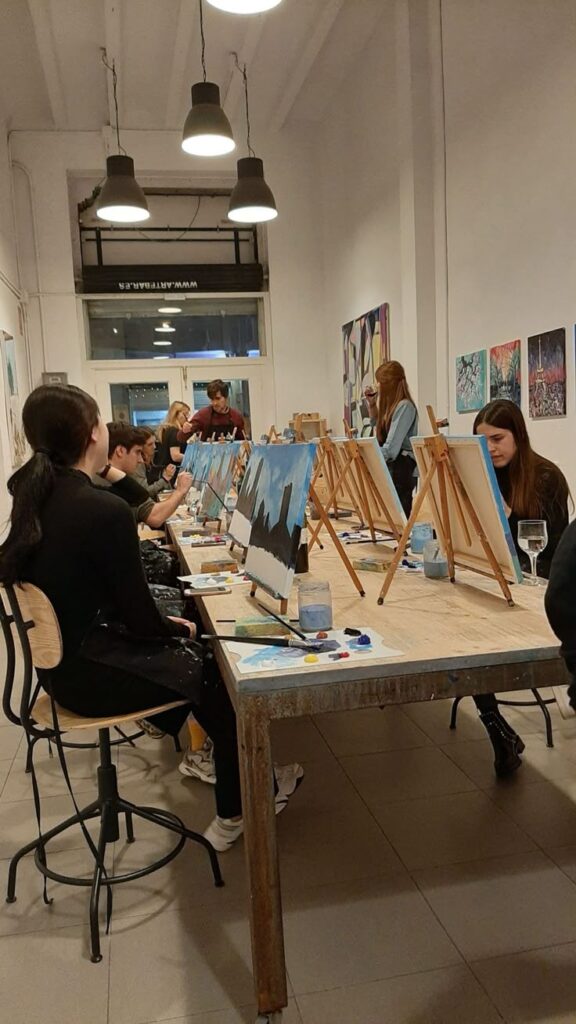
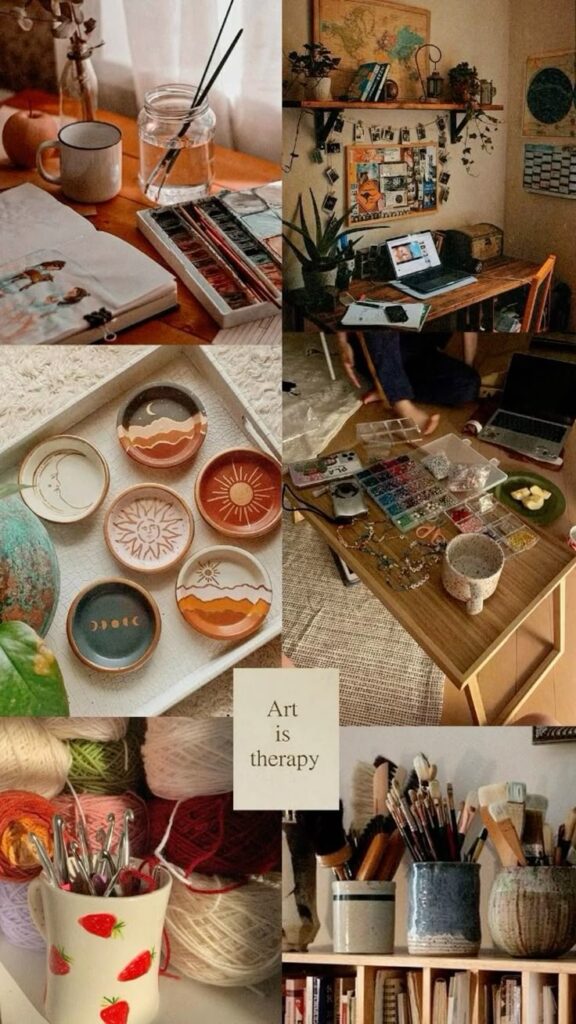
7) Focus on urban sketching for fresh perspectives
Urban sketching invites you to capture scenes from your daily environment, whether it’s a city street, your local park, or even your own living room. By drawing what you see around you, you’ll begin to notice unique details and patterns you might have otherwise missed.
Bring along a simple sketchbook and a pen or pencil. You don’t need fancy supplies. The aim is to practice observing and drawing from real life, rather than copying from photos.
Try dedicating just 10–20 minutes a day to sketching what’s nearby. This direct approach helps you focus on shapes, lines, and light in your surroundings, and it’s a great way to develop your observational skills.
Urban sketching can also give your artwork a different energy. You might find your drawings feeling looser and more dynamic as you respond to things happening in real time.
You can sketch alone or join online groups and urban sketching communities. Seeing how others interpret the same scene can inspire you and keep things interesting throughout your 7-day challenge.
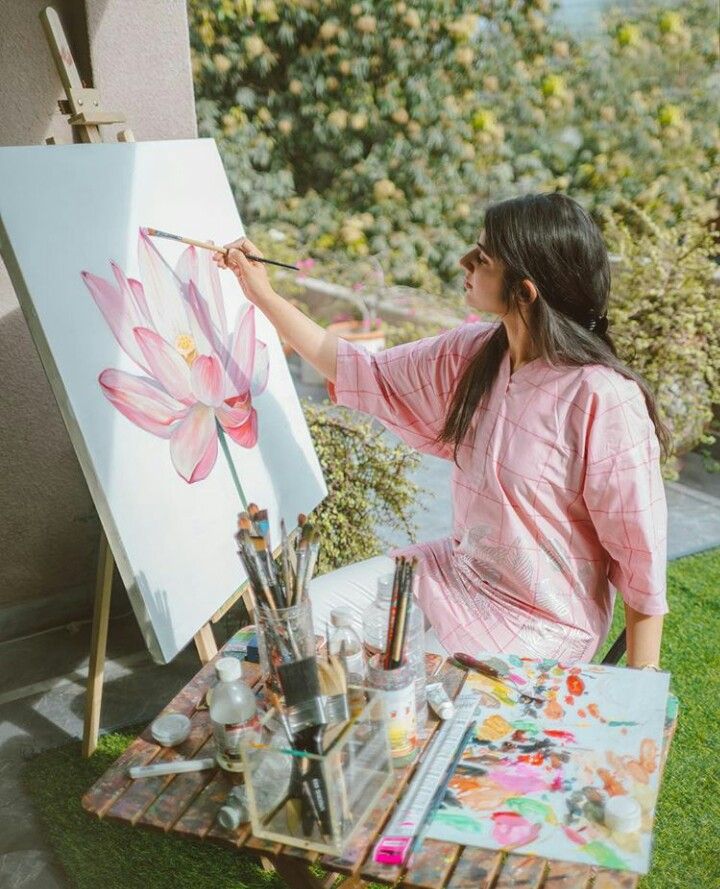
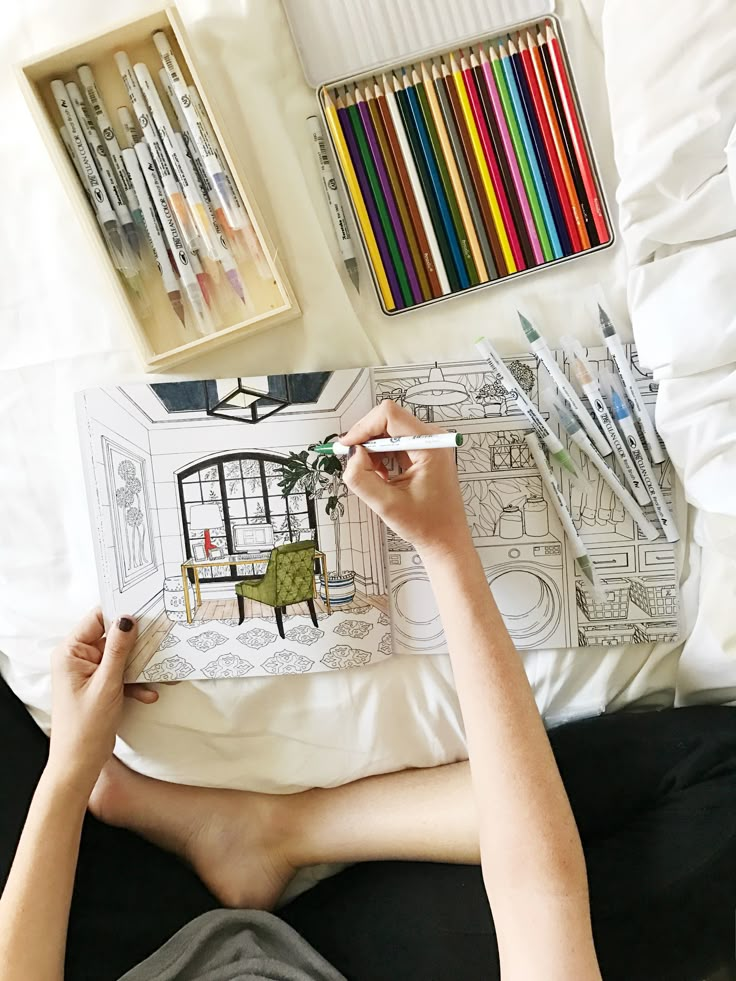
8) Combine spontaneity with controlled brushwork
When you’re taking on a 7-day art challenge, mixing spontaneous strokes with intentional, controlled brushwork can help you find your unique rhythm. Spontaneity brings energy and can unlock new creative directions. Controlled brushwork lets you sharpen your ideas and focus on details that matter to you.
Try starting each piece with loose, expressive marks. Don’t worry about perfection—just let your hand move freely and respond to what you see or feel.
Once you’ve blocked in the main shapes and colors, slow down. Add more deliberate lines, refine key areas, and use careful brushwork to bring out highlights or textures.
This balance encourages experimentation while giving you a sense of structure. It’s helpful if you feel stuck or want to add new life to your art. Switching between fast and slow, loose and precise, helps keep your process fresh and engaging.
Remember, each artist’s mix of spontaneity and control looks a little different. Use these techniques as a guide, but adjust them to suit your own style and preferences.
9) Join online 7-day art challenge communities
Joining an online 7-day art challenge community can give you daily motivation and support. These communities often send out prompts or creative ideas each day, which helps you stay inspired and consistent.
You’ll get to connect with other artists who are working toward similar goals. Sharing your work and seeing others’ art can spark new ideas. Feedback from the group can help you learn and improve.
Many communities track your progress or recognize your effort, such as through streaks or badges. This adds a fun sense of achievement. You will also find encouragement and tips from people with a range of experience levels.
If you’re new, don’t worry—these groups are usually very welcoming. Participating can help you build a habit and enjoy the creative process even more.
10) Review your progress weekly to track growth
Set aside a little time each week to look back at what you created during the challenge. This can be as simple as flipping through your sketchbook or scrolling through your digital files. Noticing even small changes can help keep you motivated.
A weekly review gives you a clear snapshot of how your skills are developing. You might spot improvements in your technique, color choices, or creativity that you missed in the day-to-day process.
Keeping a journal or tracker can make this review easier. Write down how you felt about each piece or what you found challenging. Over time, this record becomes a great way to see how much you’ve grown.
Celebrate your progress, no matter how small. Each week’s effort adds up, and tracking your journey helps you stay inspired for the next challenge.
The Science Of Artistic Creativity
Your brain can change and adapt as you try new artistic activities. Creative barriers are normal, but there are practical ways to overcome them by understanding how your mind works.
Neuroplasticity And Creative Growth
When you make art, your brain forms new connections. This process, called neuroplasticity, happens when you sketch, paint, or even try a new medium. Each artistic task activates networks related to memory, emotion, and problem-solving.
Key benefits of nurturing neuroplasticity:
- Boosted focus and relaxation: Drawing or doodling for just ten minutes daily can help you relax and improve your concentration.
- Adaptability: Experimenting with new techniques challenges your brain and builds flexible thinking.
Research shows learning new art skills can enhance creativity and help you approach challenges differently. Joining a class or workshop introduces more variety, pushing your brain to adapt and grow. Over time, these changes make creative thinking come more naturally to you.
Breaking Through Creative Blocks
Creative blocks can happen when distractions, self-doubt, or routines get in the way. The mind sometimes resists new ideas, making it hard to start or finish a project.
To push past blocks, set aside specific time for art and gently guide your thoughts back to your project. Daydreaming with intention—letting your mind wander while staying mindful of your creative goal—helps spark fresh ideas.
Trying a new medium or switching up your environment reduces mental roadblocks. Silencing your inner critic is key. If you find yourself stuck, remember that creativity can be built like any other skill through regular practice and patience.
Tips For Maintaining Your Art Momentum
Staying creatively active for seven days takes preparation and ongoing encouragement. You’ll benefit by creating a positive environment and paying attention to your progress.
Building A Supportive Environment
A comfortable, organized workspace helps you focus on your art rather than searching for supplies. Dedicate a small area, even just a desk, that you associate only with creative activities. Keep your tools and materials within reach to reduce distraction and hesitation.
It also helps to connect with others who appreciate creative pursuits. You might join an art group, online community, or a weekly challenge where you share work and exchange feedback. Support from friends, family, or fellow artists can boost your motivation, especially on days when inspiration is low.
Examples of supportive steps:
| Step | Why It Helps |
|---|---|
| Quiet workspace | Reduces outside distractions |
| Organized supplies | Minimizes setup time |
| Sharing progress | Encourages accountability |
| Feedback from peers | Offers new perspectives |
Celebrating Small Wins Along The Way
Every finished sketch, new idea, or even a consistent day of practice counts as progress. Recognizing these wins helps maintain enthusiasm and build confidence.
Try keeping a simple log or journal to note what you completed each day. Give yourself small rewards for hitting daily or weekly milestones. This could be as simple as sharing your work with a friend, displaying a favorite drawing, or enjoying your favorite snack after finishing.
Celebrating small wins creates a feeling of accomplishment. It reminds you that consistent effort, not perfection, moves your art forward. Tracking your progress visually—a streak on a calendar or a checklist—can also make your efforts more tangible and motivating.
- 155shares
- Facebook0
- Pinterest155
- Twitter0

